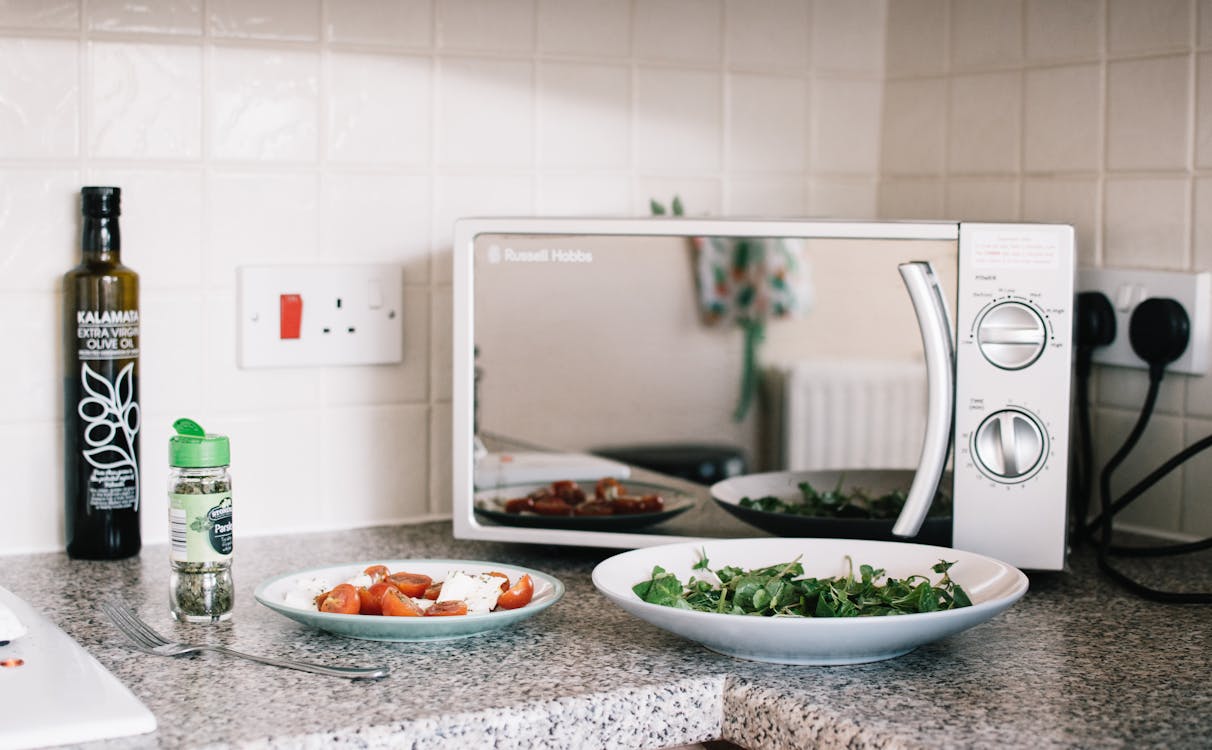Can microwaves kill coronavirus?
Could microwaves harbor the potential to inactivate viral aerosol particles and stop the spread of SARS-CoV-2? New research published in AIP Publishing’s Review of Scientific Instruments suggests that the nonionizing radiation of microwaves could indeed reduce the infectivity of viral pathogens in aerosols.
The research comes from scientists at the Air Force Research Laboratory who were intent on figuring out the threshold levels of microwave energy necessary to halt SARS-CoV-2 in its tracks. To do so, they carried out a series of experiments to measure how microwaves of varying vary power, energy, and frequency affect aerosolized viral particles.
"In this way, we believe our experimental design is capable of a fundamental investigation of a wide variety of inactivation mechanisms. This range of capability is especially important given the range of potential interaction mechanisms found in the literature," comments co-author John Luginsland.
The team tested their microwave apparatuses with a SARS-CoV-2 surrogate (bovine coronavirus) with a range of microwave waveforms at frequencies from 2.8 GHz to 7.5 GHz. "The bovine coronavirus is similar in size and configuration to human coronavirus but is safe to humans," explained co-author Brad Hoff.
The team is still in the process of demonstrating their apparatuses' effectiveness at reducing the infectivity of the surrogate virus. Once demonstrated, they hope to begin experiments testing the microwaves with SARS-CoV-2.

"If shown to be effective, the use of microwaves may enable the potential for rapid decontamination not currently addressed by ultraviolet light or chemical cleaning for highly cluttered areas, while potentially operating at levels safely compatible with human occupancy," concludes Hoff.
Sources: Review of Scientific Instruments, Eureka Alert








